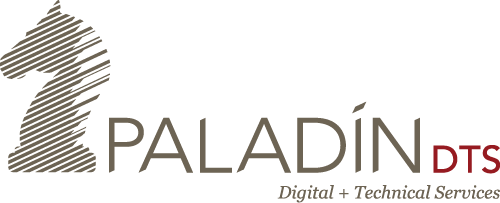By Candice Rogers, Paladin, Inc.
Proponents of the commissioning discipline tend to focus on its influence on the economical construction and operation of a building. I would offer that our evolving discipline can have an even greater impact on the lives of a building’s occupants, especially if they are students. As approaches to education continually evolve, Cx is a critical tool that can empower institutions to keep pace with student-driven transformation.
Consider my home state, Kentucky, where post-secondary education is being transformed by a variety of newly relevant factors. University leaders find themselves making decisions based on performance-based incentives, budget reductions planned for the next biennium which will likely lead to reductions in faculty headcount and certain courses, and increasingly privatized student amenities such as housing and food service. The impact of these factors is multiplied by the competitive nature of the education business, with colleges and universities striving to differentiate themselves to lure more students.
I have had a firsthand look at these factors in the course of completing multiple projects over the last two years. While I feel like I just graduated yesterday, there have been numerous landmark changes in the learning environment, including:
- Learning styles and casual spaces. I remember having to fight for a little bench space outside of my classroom in the business building because I needed a spot to do some reading between classes. Those fights are much less frequent these days because schools have added ample space for student gathering and collaboration. Furthermore, learning spaces have expanded beyond mere classrooms to include learning labs designed to imitate real-life. Previously limited to the hard sciences like chemistry or physics, these labs can be found in a wide range of disciplines including traditional business or liberal arts classes.
- Competitiveness: the emergence of big data applications that can measure a huge variety of program success factors are driving colleges and their programs to innovate and compete on a larger scale. Their targeted student candidates have a stunning array of data at their fingertips, ranging from program competitiveness and future earning potential to student lifestyle measures. This fierce competition is increasing demand for excellent facilities, top-notch programs and enhanced student services as a way to attract and hold high quality students (and win awards in the process).
- Student prospects: Currently, the average employee only works in a job for two years before moving to another opportunity, typically as a way to improve their standing. This degree of mobility once communicated a lack of reliability, but is now accepted as a fact of life and even encouraged during undergraduate years. With students less likely to lock into one path and stay the course, schools are increasing their emphasis on cross-discipline training and modularized learning. With students on non-traditional paths, work/learn programs are proliferating to meet their needs and facilities are being modified to suit.
As trends like these change the educational landscape, post-secondary education institutions are in an arms race to keep up. The Cx disciplines can play a key role in school’s efforts to stay ahead of the curve in terms of physical assets and the built environment. However, as a community, we Cx practitioners must take our own steps to understand the technology and systems that will determine our future value to the Owner and Design Teams in the world of post-secondary education. They include:
- Social media feedback: If there is a facility problem, it will likely be mentioned on social media long before the institution is otherwise aware. Negative chatter can impact the reputation and accompanying competitiveness of an institution. The commissioning community can reduce those facility problems before they happen by diligently identifying problems, supporting their resolution, and verifying correction during the Construction Phase. Once a facility is online, the immediate “crowd-sourced” assessments available via social media could be leveraged to improve operational feedback. Who will be the first technology provider to invite student comments on building conditions then use a a catchy hashtag to announce when their concerns have been addressed?
- High tech mastery. The process of bringing a building on line gets more complex as the installed equipment and systems evolve. As the Internet of Things methodology further meshes with IT Networks and IP-addressable equipment, greater sophistication will be required to integrate facilities so they operate as designed. A tech-savvy commissioning team can be the tipping point on a Project Team achieving successful facilities.
- Properly trained operators. The shortage of qualified equipment and system operators is nothing new to our field–we’ve been talking about the impact of operations on facility performance for at least a decade. Unfortunately, the number of qualified operators has fallen precipitously since that conversation started. In Kentucky alone, a significant wave of retirements has left many positions unfilled, putting institutions in a tough spot when it comes to skilled staffing. By placing a strong emphasis on training, the commissioning provider is not only positioned to help Owners on Training verification, but also take the lead on creating plans, roles and responsibilities for operations.
As environments evolve and Owner classifications keep pace, commissioning providers are essential for ensuring the on-time delivery of fully functional buildings. After all, technology aside, the basic premises of achieving operations remains the same. Our core measure, performance upon Substantial/Final Completion, has not changed and will not change. However, the path we take to get there, with its technology bells and whistles most certainly will. Our job is to emulate the students who will occupy those buildings and do our own learning so that we can stay ahead of the technology. As we become students and then teachers, only then will we fully deliver on the potential of our shared profession.

